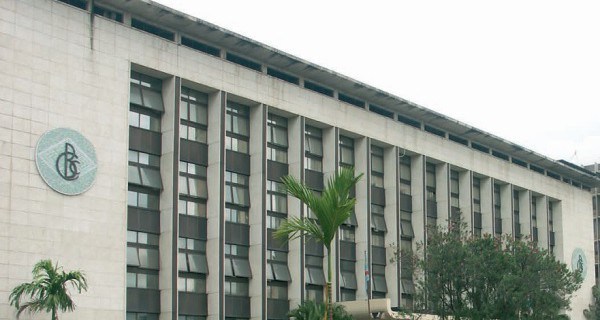The Central Bank of Congo (BCC) announced on Tuesday, October 7, a decision to reduce its key rate from 25% to 17.5%, a decrease of 750 basis points. This measure, taken after a meeting of the Monetary Policy Committee (MPC), reflects the new team’s willingness led by Governor André Wameso to support economic recovery and facilitate access to credit.
In an official statement, André Wameso also specified that the BCC has lowered the marginal lending facility rate from 30% to 21.5%, while the mandatory reserve ratios remain unchanged: 12% for sight deposits and 0% for term deposits in the national currency, compared to 13% and 12% respectively for sight and term deposits in foreign currency.
“The Monetary Policy Committee has opted for a loosening of its monetary policy by lowering its key rate, in order to encourage credit, stimulate investment, and strengthen domestic consumption,” said the governor.
This decision marks a turning point for Congolese monetary policy. Indeed, after a long period of tightening initiated in August 2023, the BCC is thus showing a willingness to find a balance between financial stability and real economic recovery.
Encouraging investment and protecting the currency
This more flexible approach is a strong signal sent to commercial banks, economic operators, and households. By reducing the cost of financing, the BCC hopes to boost productive investment, stimulate domestic demand, and consolidate economic growth.
The governor also welcomed the recent appreciation of the Congolese franc against the dollar, emphasizing the decisive role of monetary policy in this stabilization.
“The appreciation observed in the foreign exchange market is exclusively the result of the monetary policy applied by the Central Bank,” said Mr. Wameso.
He recalled that the depreciation of the Congolese franc in mid-2025 resulted from an imbalance related to the mechanism of mandatory reserve requirements, then set in Congolese francs at a rate of 1,999 FC per dollar. This rule had made reserves insufficient to cover deposits in foreign currency, generating a banking liquidity surplus and increasing pressure on the foreign exchange market.
Faced with this situation, the BCC first tightened its monetary policy before initiating, in recent weeks, a gradual easing process, accompanied by targeted injections of foreign currency to stabilize the market.
According to André Wameso, all indicators point to a continued appreciation of the Congolese franc in the coming months. He also mentioned a reorganization of the foreign exchange market aimed at strengthening transparency and confidence.


